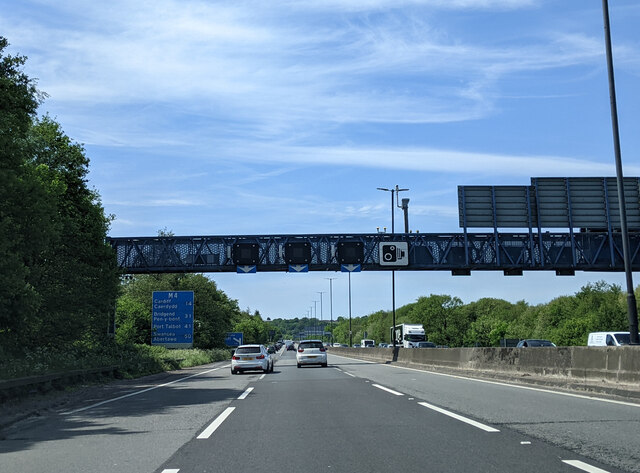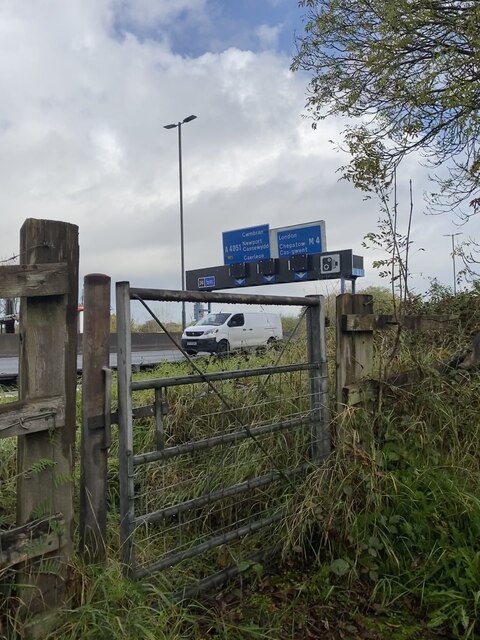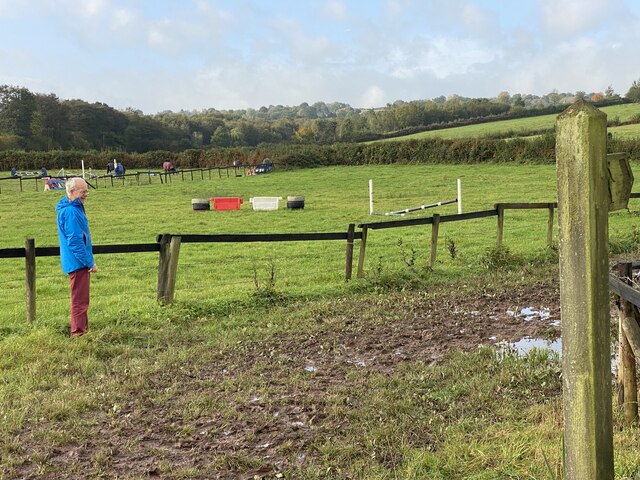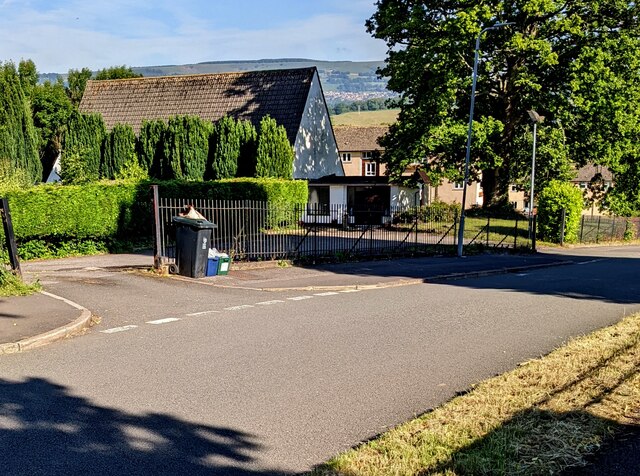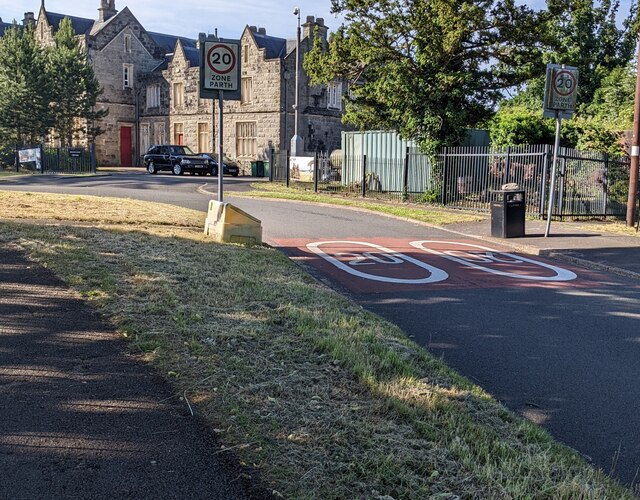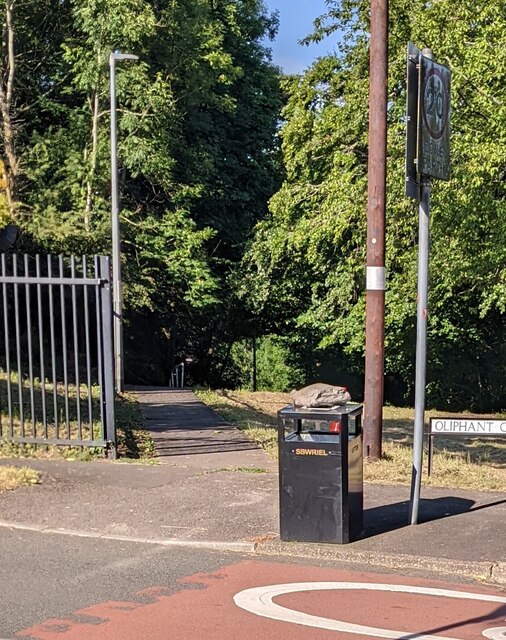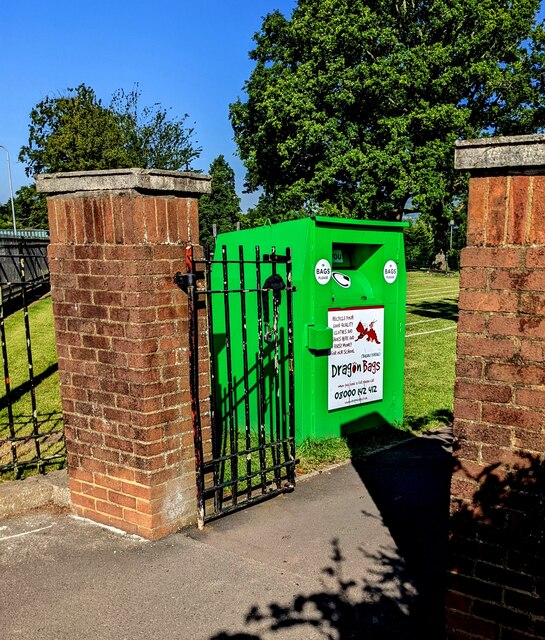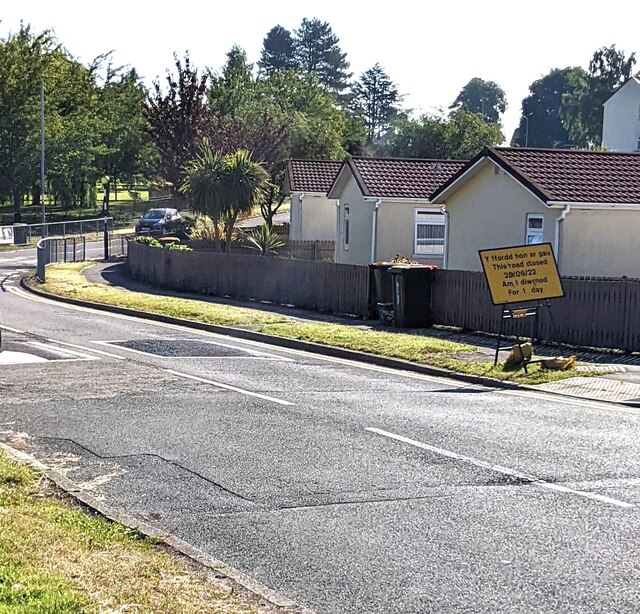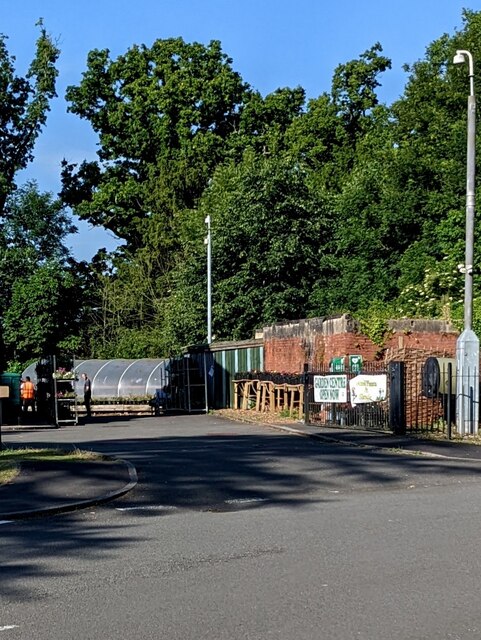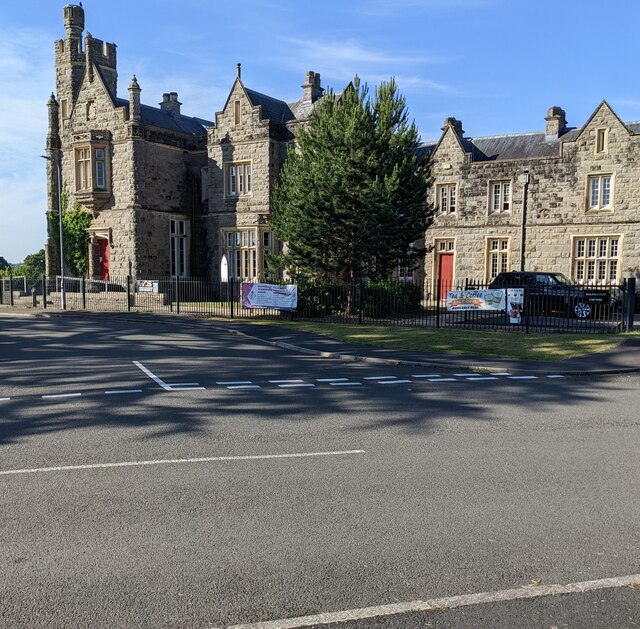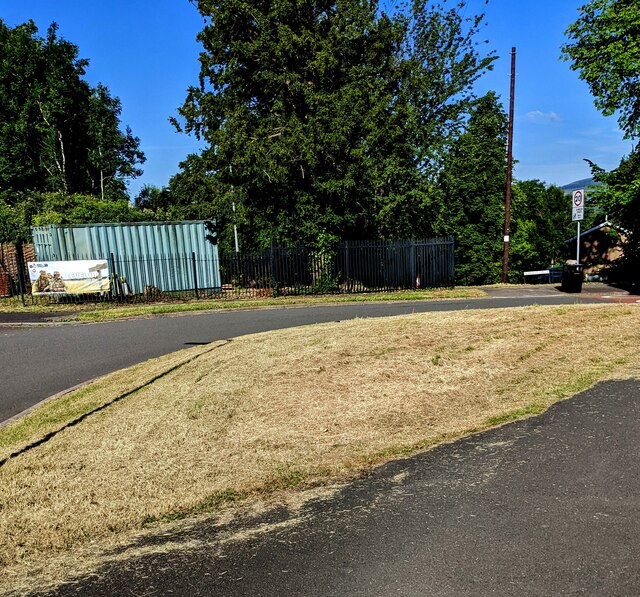Brynglas
Settlement in Monmouthshire
Wales
Brynglas
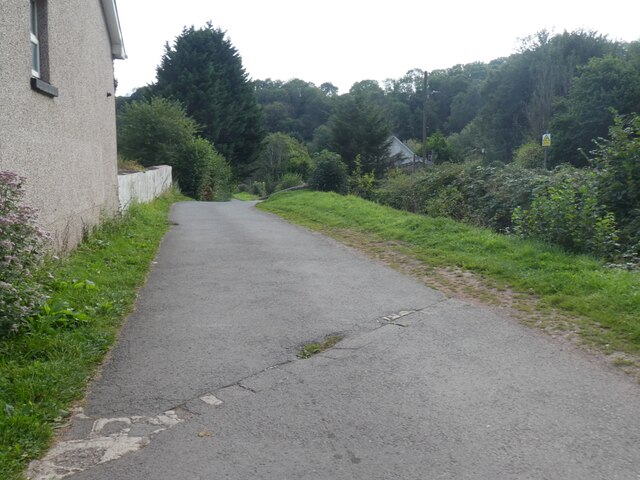
Brynglas is a small village located in the county of Monmouthshire, Wales. Situated in the southeastern part of the county, it lies just 2 miles southeast of the town of Abergavenny and approximately 20 miles northeast of the city of Newport. The village is nestled in the picturesque Usk Valley, surrounded by rolling hills and lush green countryside.
Brynglas is a predominantly residential area, characterized by its charming cottages and traditional Welsh architecture. The village offers a peaceful and tranquil setting, making it an ideal place for those seeking a quiet countryside lifestyle. The local community is tight-knit, with a friendly and welcoming atmosphere.
Despite its small size, Brynglas is not lacking in amenities. The village boasts a local pub, providing a hub for socializing and a place to enjoy a pint or a hearty meal. Additionally, there are several shops and services available within easy reach, ensuring that residents have access to essential goods and services without having to travel far.
Nature enthusiasts will find Brynglas particularly appealing, as it is surrounded by stunning natural beauty. The nearby Brecon Beacons National Park offers countless opportunities for outdoor activities such as hiking, cycling, and horseback riding. The Usk River, which flows through the village, provides a serene spot for fishing or leisurely walks along its banks.
In summary, Brynglas is a charming village in Monmouthshire, offering a peaceful and picturesque setting, a close-knit community, and easy access to the stunning natural landscapes of the Usk Valley and the Brecon Beacons National Park.
If you have any feedback on the listing, please let us know in the comments section below.
Brynglas Images
Images are sourced within 2km of 51.604141/-2.998853 or Grid Reference ST3089. Thanks to Geograph Open Source API. All images are credited.
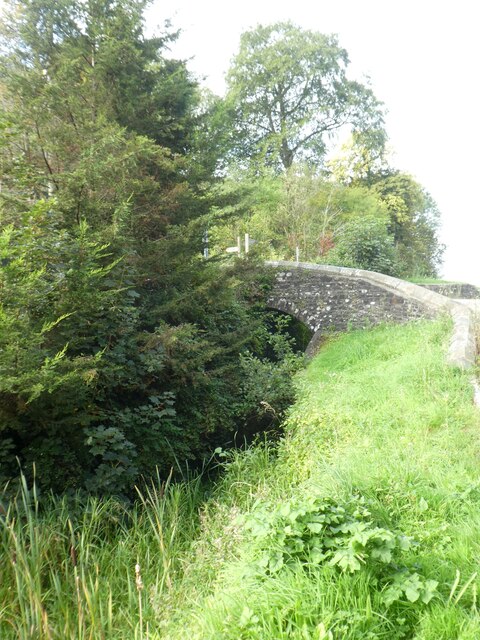
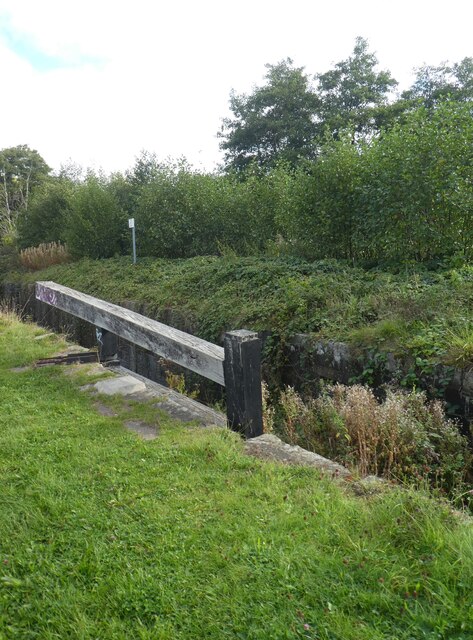
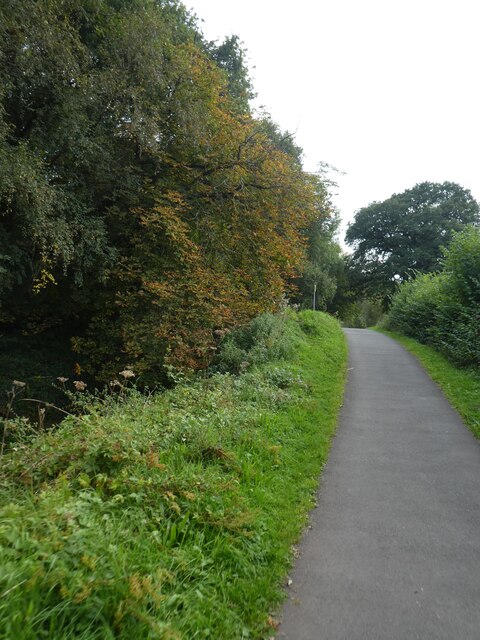
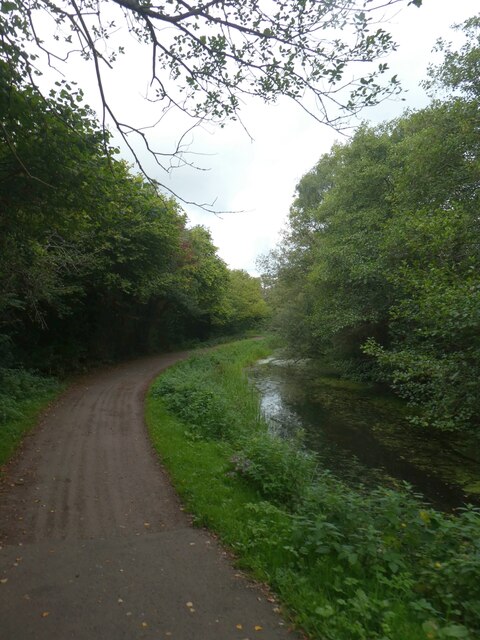
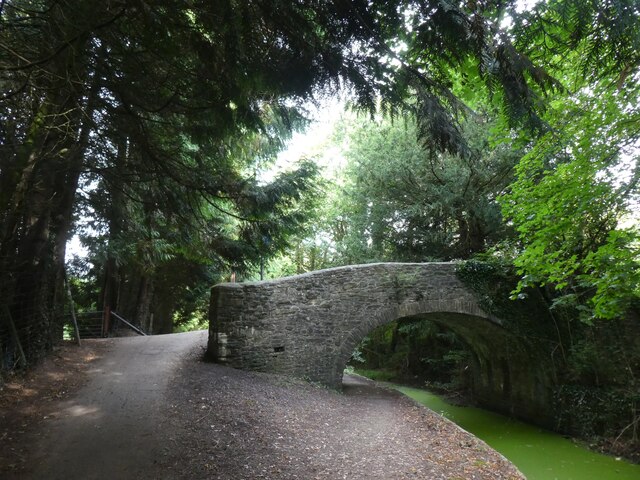
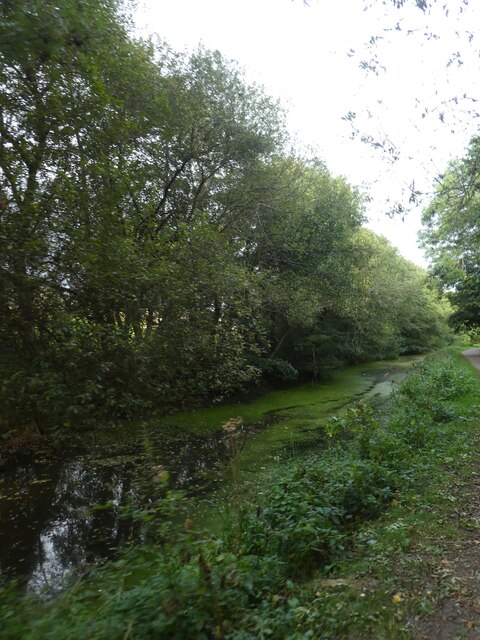
Brynglas is located at Grid Ref: ST3089 (Lat: 51.604141, Lng: -2.998853)
Unitary Authority: Newport
Police Authority: Gwent
Also known as: Bryn-glas
What 3 Words
///stiff.sports.combining. Near Newport
Nearby Locations
Related Wikis
Brynglas
Brynglas is an area of the city of Newport, South Wales, United Kingdom. == Location == Brynglas is situated above the M4 motorway in Newport and famous...
Brynglas Tunnels
The Brynglas Tunnels carry the M4 under Brynglas Hill in Newport, Wales. The 360-metre-long (390 yd) tunnels are the first and only twin–bored tunnels...
Shaftesbury, Newport
Shaftesbury is a community (civil parish) and coterminous electoral district (ward) of the city of Newport, South Wales. The community is bounded by the...
M4 motorway Usk bridge
The M4 motorway Usk bridge, officially St. Julians Bridge, carries the M4 motorway across the River Usk in the city of Newport, Wales. The bridge comprises...
Nearby Amenities
Located within 500m of 51.604141,-2.998853Have you been to Brynglas?
Leave your review of Brynglas below (or comments, questions and feedback).
